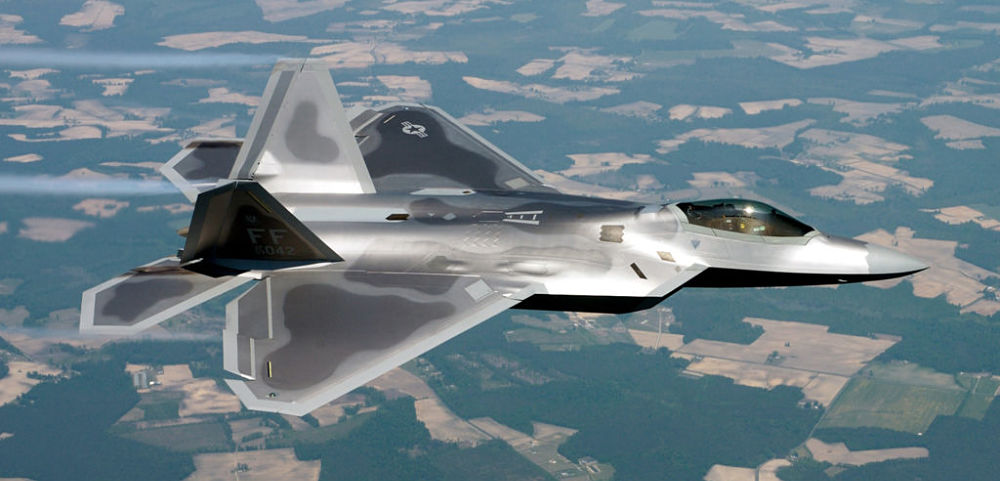
I’ve been telling my members to use the sector rotation to add new positions in defense and aerospace. Lockheed Martin (LMT)
Defense and aerospace companies are embracing a new mission. It’s no longer just about making nuclear missiles and bunker buster bombs and aircraft carriers.
Mars is 34 million miles away. Getting there will require a deep rethinking of most of what engineers now know about data science, terrestrial communication, and solar electric propulsion.
Oh, and they will also have to build the biggest, most powerful space launch system ever imagined just to get it all off the ground.
Space exploration forces engineers to build new processes. Since the 1950s, one in every 1,000 U.S. patents has been granted to someone affiliated with NASA. The Technology Utilization Program, a NASA agency, exists solely to help companies convert space technologies into real world consumer goods.
Memory foam, the insulin pump and scratch resistant eyeglass lenses are only a few real world innovations that were born at Nasa. The agency also developed Lifeshears, the rescue power cutters used by fire departments for all over the world.
A trip to Mars will be exponentially longer than any manned flight ever attempted. It is going to create a new set of technical problems, and new innovations.
Boeing (BA)
As a test, by 2025, Nasa plans to land astronauts on a predetermined asteroid, a la Hollywood’s Armageddon, less the end of the world histrionics.
The science of this maneuver is daunting, but it’s easy compared to what researchers must accomplish to get to Mars.
Getting there will require SLS, then the construction of a base camp in space to launch the second phase.
There, crew will have to contend with very little privacy, the prospect of recycling urine and flush water for drinking, and high exposure to galactic cosmic rays, which leads to constant nausea.
Lockheed Martin is tackling the Mars Base Camp.
The ambitious project is like the current International Space Station, only way bigger. It will consist of two Orion command and control capsules, a habitat for crew; two large sets of fuel tanks; and four massive solar arrays to generate power for general operations and solar electric propulsion.
In April 2018, CNet reported Lockheed and its partners, Phoenix Analysis and Design, and Stratasys will 3D print 100 custom parts for Orion. These processes are being developed specifically for the harsh environment of space.
Northrop Grumman (NOC)
BFR will enter the Mars atmosphere at 7.5 kilometers per second and decelerate aerodynamically. The vehicle’s heat shield is designed to withstand multiple entries.
And then there is Elon Musk, founder of Space Exploration Inc. Musk is a Mars evangelist. He sees space exploration as a big idea with practical implications, a sort of plan B for a planet quickly depleting its livable space.
Musk proposes a big f’ing rocket to take humans to Mars.
Don’t get hung up on the juvenile name. BFR is as plausible as it is huge.
More important, its development is leading to real breakthroughs in propulsion, materials science and future transportation. In 2017, Musk showed off a BFR Earth to Earth concept video that had passengers boarding a BFR and travelling from New York to Paris, London to Hong Kong, and Toronto to Singapore in less than 34 minutes.
Space exploration is cool. So, it’s easy to lose sight of the opportunities it opens up for enterprising companies. Extra-terrestrial problem solving very often creates solid competitive advantages in the real world.
I have been telling my members to use the current sector rotation to add new positions in major defense and aerospace stocks.
Lockheed Martin had 2017 sales of $51 billion, with operating margins of 11.6%. The company is also aggressively buying back stock, and its aerospace division is without rival.
This is an opportunity to buy the stock at an attractive price point.
Best wishes,
Jon D. Markman
Jon Markman, a veteran money manager and journalist, is editor of the daily trading service, Tech Trend Trader.
Subscribe to Jon Markman’s Power Elite newsletter here
Subscribe to Jon Markman’s Tech Trend Trader here
Subscribe to Jon Markman’s Strategic Advantage here
About MoneyShow.com: Founded in 1981, MoneyShow is a privately held financial media company headquartered in Sarasota, Florida. As a global network of investing and trading education, MoneyShow presents an extensive agenda of live and online events that attract over 75,000 investors, traders and financial advisors around the world.



